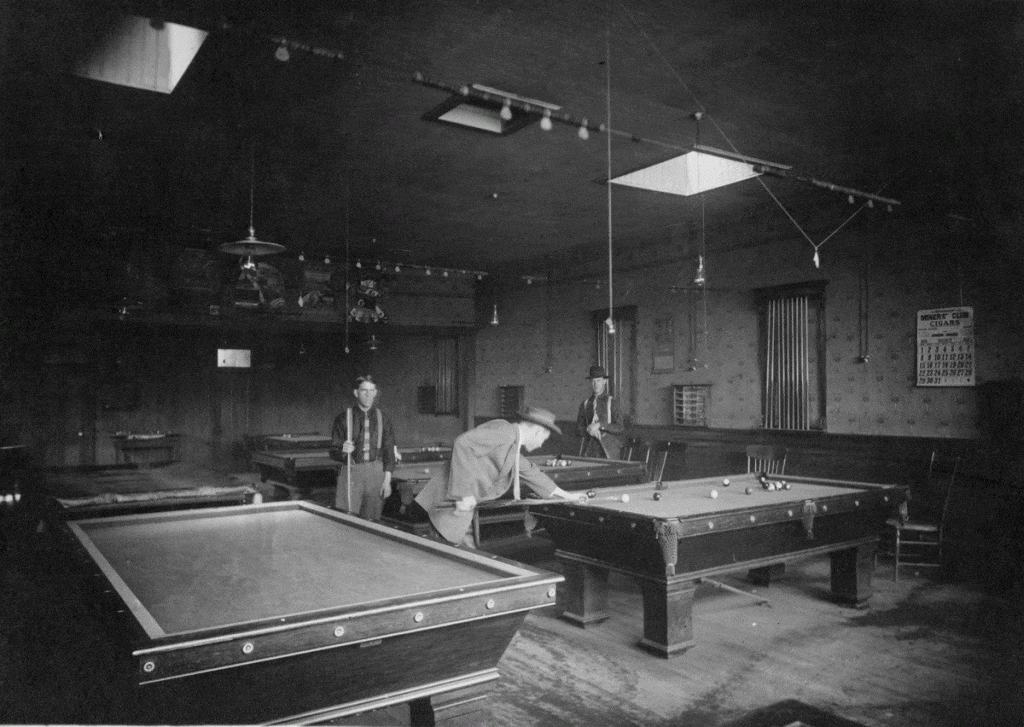School closed, public gatherings banned, restaurants and businesses shuttered, people sick in our community from a new and feared disease and everyone on high alert. This is Park City today in the time of coronavirus – and we have been here before.
More than a century has passed, but in the late fall and early winter of 1918-1919, the Spanish flu global pandemic radically changed life in Park City. As news of the deadly strain of influenza spread across the United States and especially war-torn Europe, Utah health officials were vigilant.
By October 1918, the first cases appeared in Utah. Park City felt the full impact in October, November and December. State and city officials enacted tough measures to slow the spread. The State Board of Health ordered all public spaces closed in communities with active cases. By October 11, Park City Mayor J.J. Fitzgerald had consulted with local doctors and despite a difference of opinion among them, ordered schools, theaters, and other public gathering spaces closed until further notice.
A week later, because of rising cases in Heber and Midway, the mayor put Park City under strict quarantine, prohibiting people from Salt Lake, Heber and Midway from entering Park City unless they had a health certificate saying they were influenza-free.
There were plenty of controversies arising from the drastic actions. For one, pool halls and card rooms remained open in Park City. Someone let State Health Director Beatty know that fact and according to the Park Record, “Mayor Fitzgerald was called up and “jacked up” proper by Dr. Beatty,” who was described as being angry and emphatic that the pool halls and card rooms also close.

Credit: Park City Historical Society and Museum, Mary Martin Vincent Collection
The mayor also ordered everyone in public to wear a gauze face mask of at least six layers, and to boil each mask twice daily. The smell of boiling Lysol or creosote emanated from many homes during that time. Mayor Fitzgerald also ordered quarantine placards be placed on homes with influenza cases and visitors prohibited. The Park Record’s gossip column “The Park Float” noted that “quarantine regulations are being ignored…the quarantine is being treated as though it were a big joke…and that is about what it amounts to.”
It was no joke though to those affected. The same column and similar columns in November and December reporting from Peoa, Coalville, Henefer and other Summit County towns noted numerous influenza cases and deaths among their neighbors. Because influenza often led to pneumonia and other complications, an exact death count will never be known. In Park City the estimate was that around 70 people fell ill between November and January, with a quarter of them passing away.
In the week before Christmas, cases dropped off dramatically. Schools re-opened December 30th and the worst was past, although in mid-January of the next year, a small short-lived outbreak re-appeared. By February 7, 1919, the city was considered flu-free and such drastic quarantine measures would not be revisited until today.